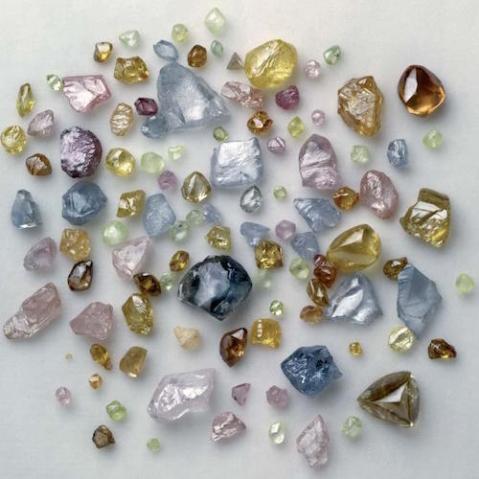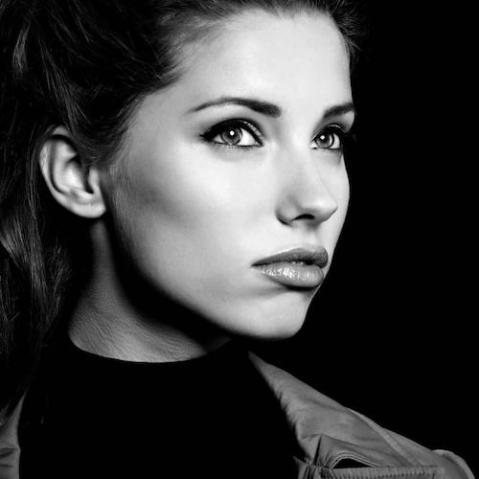How to create beautiful bokeh
Bokeh is a term derived from the Japanese word for ‘blur’ or ‘haze,’ which refers specifically to the nature of the out-of-focus areas in an image, particularly out-of-focus point-light sources.
 500mm mirror lens | 1/100 second | ƒ/8 | ISO 400
500mm mirror lens | 1/100 second | ƒ/8 | ISO 400
It is increasingly common to hear photographers discussing bokeh, often describing it as ‘good’ or ‘bad,’ as though it’s something you can specifically control, but you cannot—the effect is caused by the shape of the lens aperture, the physical design of the lens, and the extent to which the lens is corrected for spherical aberration. In short, the lens creates the bokeh, not the photographer.
Bokeh and aperture shape
When you shoot at anything other than the lens’ widest aperture setting, any out of focus points in the image will take on the shape of the iris—the physical shape of the aperture the light is passing through. With some lenses, especially those with a high number of aperture blades, this results in the brighter areas within defocused parts of the image appearing as diffuse circles. However, most lenses have fewer blades in the aperture, which leads to polygonal irises, resulting in point sources of light in out- of-focus areas taking on the same multi-sided shape.
How lens design affects bokeh
Although the shape of the aperture has an effect on the bokeh shape, the design of the lens also has an impact. The most obvious example is a catadioptric, or ‘mirror’ lens. Unlike a conventional (rectilinear) lens, light doesn’t simply travel through what is effectively a tube containing glass elements. Instead, a catadioptric lens has a mirror in the centre of the front element (hence the name ‘mirror lens’), which faces the camera’s sensor. Light enters the lens around this mirror (heading toward the sensor), is reflected off a second mirror at the rear of the lens, strikes the rearward facing mirror at the front, and is finally reflected back toward the sensor.
 40mm | 30 seconds | ƒ/4 | ISO 100 (seven blades)
40mm | 30 seconds | ƒ/4 | ISO 100 (seven blades)
So how does this affect the bokeh? Well, because the mirror behind the front lens element blocks the central portion of the optical path, light enters the lens in a ‘ring’ shape. This effectively becomes the shape of the lens’ aperture, resulting in very distinct, ring-shaped bokeh.
 70mm | 1/80 second | ƒ/3.5 | ISO 200 (eight blades)
70mm | 1/80 second | ƒ/3.5 | ISO 200 (eight blades)
Spherical aberrations & bokeh
A spherical aberration is an optical effect caused by the bending of the light rays as they travel through the lens, and it largely depends on whether the light travels through the edge or center of a particular element within a lens. A lens that is very well corrected for spherical aberrations will produce evenly illuminated bokeh, while a lens that is less well corrected may produce bokeh that is brighter in the center of the image than it is at the edges, or vice versa. Yet while different lenses will produce different forms of bokeh, evaluating the merit of different types is a purely subjective call—there are no objective criteria that can be used to say that one form of bokeh is better or worse than another.
Take creative control of your images and master the essentials of proper exposure with David Nightingale’s comprehensive guide to photography’s most fundamental skill: Mastering Exposure. Reinvigorate your artistic enthusiasm by being able to recognise not just the ‘correct’ exposure, but also numerous other creative options for how to capture any given scene. Your photography will stand apart from the crowd, and reflect your own unique vision of the world, all because you have mastered the best techniques for capturing stunning images.
 Mastering Exposure
Mastering Exposure
David Nightingale
Buy it now!
RRP for the print edition: £14.99







